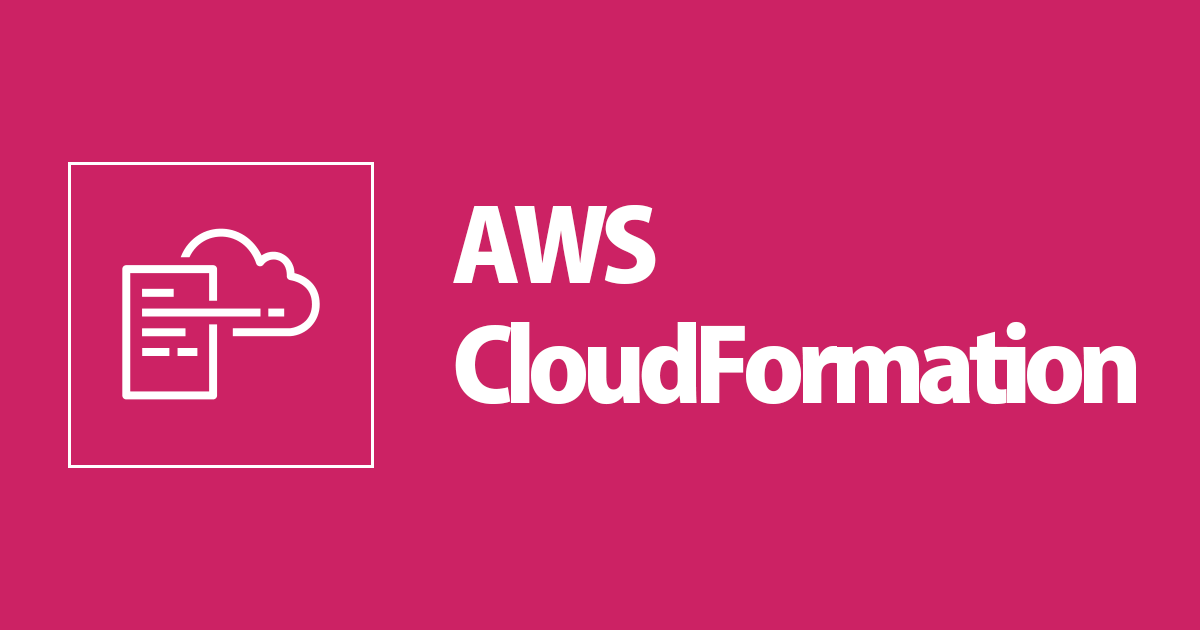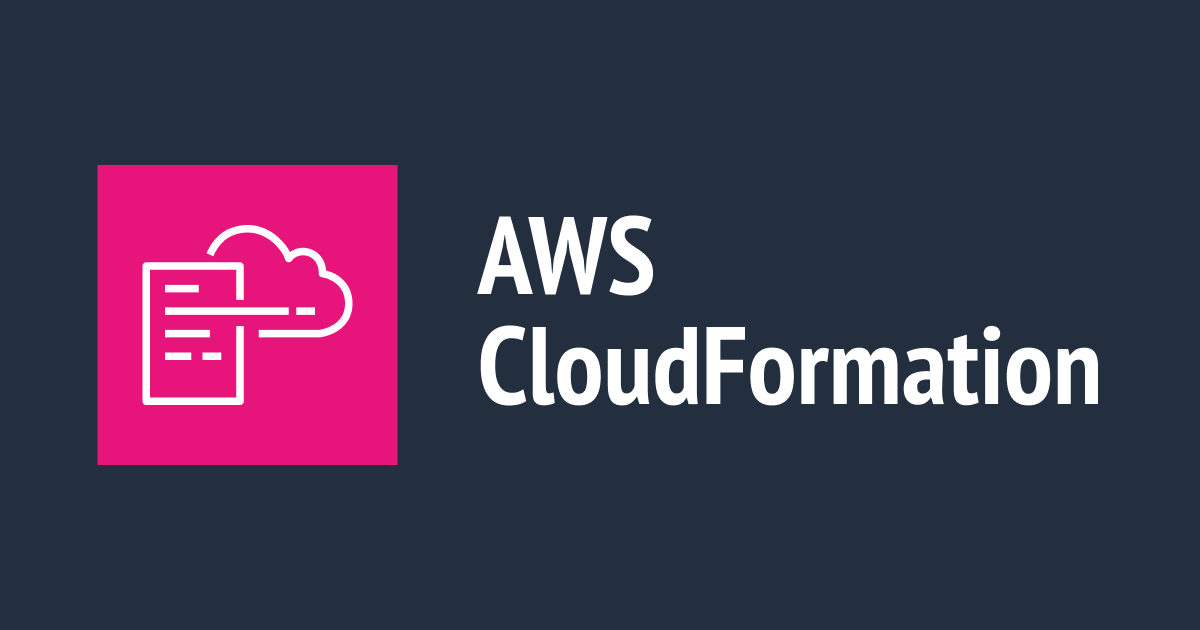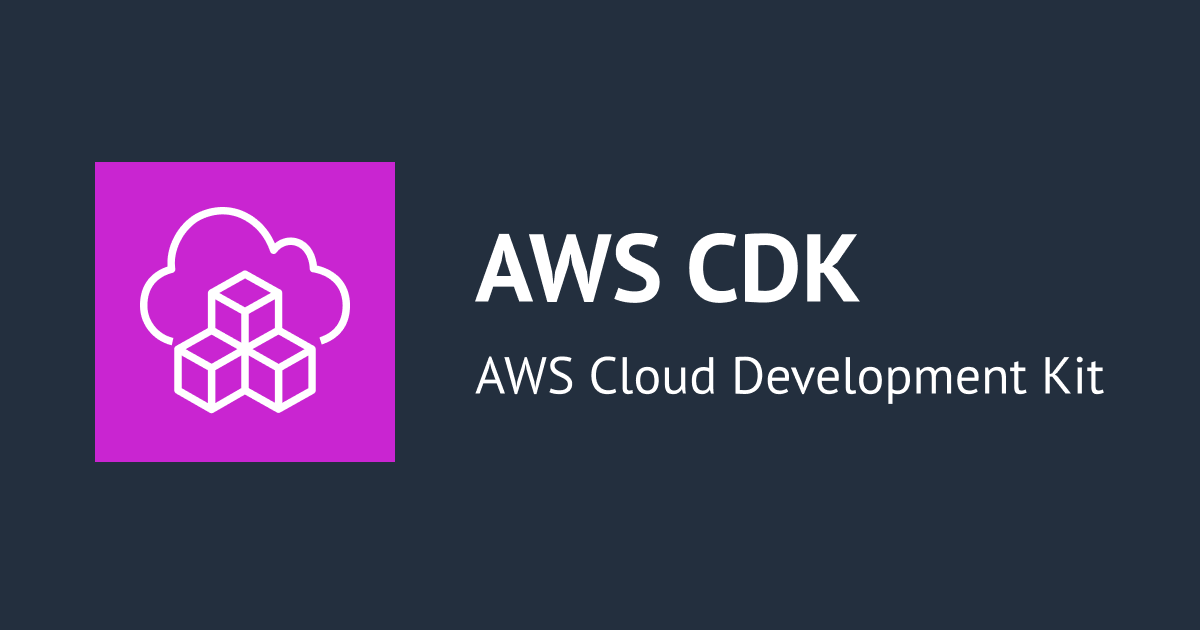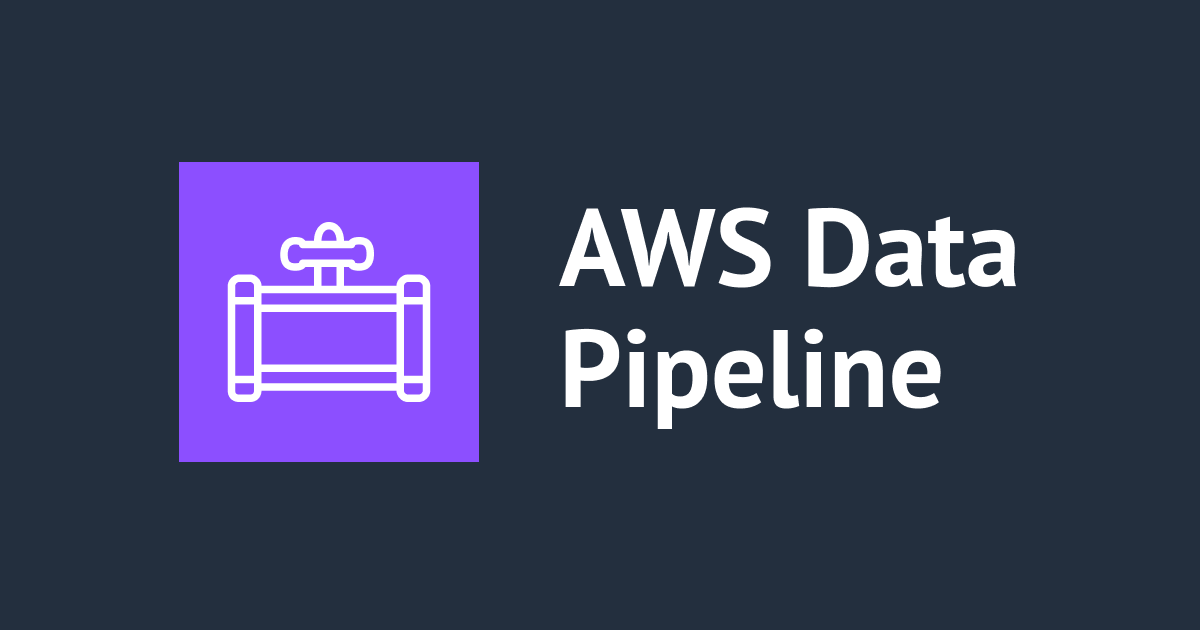
CloudFormation Template for VPC with EC2 and ALB
Introduction
This CloudFormation Template creates a VPC with a private and a public subnet in each AZ. Each public subnet contains a EC2 Instance, which is connected to Application Load Balancer. VPC has an Internet Gateway and route tables for public and private subnets. The below image shows the architectural design of the template.

CloudFormation Template
The template code is written in YAML, where all the required resources are defined in Resources section and dynamic inputs in Parameters section.
---
Parameters:
SecurityGroupDescription:
Description: Security Group Description
Type: String
KeyName:
Description: Key Pair for EC2
Type: 'AWS::EC2::KeyPair::KeyName'
Resources:
VPC:
Type: AWS::EC2::VPC
Properties:
CidrBlock: 10.0.0.0/16
EnableDnsSupport: true
EnableDnsHostnames: true
Tags:
- Key: Name
Value: VPC1
InternetGateway:
Type: AWS::EC2::InternetGateway
Properties:
Tags:
- Key: Name
Value: VPC Internet Gateway
AttachGateway:
Type: AWS::EC2::VPCGatewayAttachment
Properties:
VpcId: !Ref VPC
InternetGatewayId: !Ref InternetGateway
PublicSubnet1:
Type: AWS::EC2::Subnet
Properties:
VpcId: !Ref VPC
CidrBlock: 10.0.1.0/24
AvailabilityZone: us-east-2a
MapPublicIpOnLaunch: true
Tags:
- Key: Name
Value: Public Subnet 1
PrivateSubnet1:
Type: AWS::EC2::Subnet
Properties:
VpcId: !Ref VPC
CidrBlock: 10.0.2.0/24
MapPublicIpOnLaunch: false
AvailabilityZone: us-east-2a
Tags:
- Key: Name
Value: Private Subnet 1
PublicSubnet2:
Type: AWS::EC2::Subnet
Properties:
VpcId: !Ref VPC
CidrBlock: 10.0.3.0/24
AvailabilityZone: us-east-2b
MapPublicIpOnLaunch: true
Tags:
- Key: Name
Value: Public Subnet 2
PrivateSubnet2:
Type: AWS::EC2::Subnet
Properties:
VpcId: !Ref VPC
CidrBlock: 10.0.4.0/24
AvailabilityZone: us-east-2b
MapPublicIpOnLaunch: false
Tags:
- Key: Name
Value: Private Subnet 2
PublicRouteTable:
Type: AWS::EC2::RouteTable
Properties:
VpcId: !Ref VPC
Tags:
- Key: Name
Value: Public Route Table
PublicRoute:
Type: AWS::EC2::Route
Properties:
RouteTableId: !Ref PublicRouteTable
DestinationCidrBlock: 0.0.0.0/0
GatewayId: !Ref InternetGateway
PublicSubnetRouteTableAssociation1:
Type: AWS::EC2::SubnetRouteTableAssociation
Properties:
SubnetId: !Ref PublicSubnet1
RouteTableId: !Ref PublicRouteTable
PublicSubnetRouteTableAssociation2:
Type: AWS::EC2::SubnetRouteTableAssociation
Properties:
SubnetId: !Ref PublicSubnet2
RouteTableId: !Ref PublicRouteTable
PrivateRouteTable:
Type: AWS::EC2::RouteTable
Properties:
VpcId: !Ref VPC
Tags:
- Key: Name
Value: Private Route Table
PrivateSubnetRouteTableAssociation1:
Type: AWS::EC2::SubnetRouteTableAssociation
Properties:
SubnetId: !Ref PrivateSubnet1
RouteTableId: !Ref PrivateRouteTable
PrivateSubnetRouteTableAssociation2:
Type: AWS::EC2::SubnetRouteTableAssociation
Properties:
SubnetId: !Ref PrivateSubnet2
RouteTableId: !Ref PrivateRouteTable
#EC2 Instances
EC2Instance1:
Type: AWS::EC2::Instance
Properties:
ImageId: ami-0233c2d874b811deb
InstanceType: t2.micro
SecurityGroupIds:
- !Ref EC2SecurityGroup
SubnetId: !Ref PublicSubnet1
KeyName: !Ref KeyName
UserData:
Fn::Base64: !Sub |
#!/bin/bash
yum update -y
yum install -y httpd
systemctl start httpd
systemctl enable httpd
#echo "<h1>Hello from Region us-east-2b</h1>" > /var/www/html/index.html
Type: AWS::EC2::Instance
Properties:
ImageId: ami-0233c2d874b811deb
InstanceType: t2.micro
SecurityGroupIds:
- !Ref EC2SecurityGroup
SubnetId: !Ref PublicSubnet2
KeyName: !Ref KeyName
UserData:
Fn::Base64: !Sub |
#!/bin/bash
yum update -y
yum install -y httpd
systemctl start httpd
systemctl enable httpd
#echo "<h1>Hello from Region us-east-2b</h1>" > /var/www/html/index.html
# EC2 and ALB Security Groups
ELBSecurityGroup:
Type: AWS::EC2::SecurityGroup
Properties:
GroupDescription: ELB Security Group
VpcId: !Ref VPC
SecurityGroupIngress:
- IpProtocol: tcp
FromPort: 80
ToPort: 80
CidrIp: 0.0.0.0/0
EC2SecurityGroup:
Type: AWS::EC2::SecurityGroup
Properties:
GroupDescription: !Ref SecurityGroupDescription
VpcId: !Ref VPC
SecurityGroupIngress:
- IpProtocol: tcp
FromPort: 80
ToPort: 80
SourceSecurityGroupId:
Fn::GetAtt:
- ELBSecurityGroup
- GroupId
- IpProtocol: tcp
FromPort: 22
ToPort: 22
CidrIp: xxx.xxx.xxx.xxx
# Target Group, Listener and Application Load Balancer
EC2TargetGroup:
Type: AWS::ElasticLoadBalancingV2::TargetGroup
Properties:
HealthCheckIntervalSeconds: 30
HealthCheckProtocol: HTTP
HealthCheckTimeoutSeconds: 15
HealthyThresholdCount: 5
Matcher:
HttpCode: '200'
Name: EC2TargetGroup
Port: 80
Protocol: HTTP
TargetGroupAttributes:
- Key: deregistration_delay.timeout_seconds
Value: '20'
Targets:
- Id: !Ref EC2Instance1
Port: 80
- Id: !Ref EC2Instance2
Port: 80
UnhealthyThresholdCount: 3
VpcId: !Ref VPC
ALBListener:
Type: AWS::ElasticLoadBalancingV2::Listener
Properties:
DefaultActions:
- Type: forward
TargetGroupArn: !Ref EC2TargetGroup
LoadBalancerArn: !Ref ApplicationLoadBalancer
Port: 80
Protocol: HTTP
ApplicationLoadBalancer:
Type: AWS::ElasticLoadBalancingV2::LoadBalancer
Properties:
Scheme: internet-facing
Subnets:
- !Ref PublicSubnet1
- !Ref PublicSubnet2
SecurityGroups:
- !GetAtt ELBSecurityGroup.GroupId
Description of Resources Created
VPC
- VPC
- VPC is defined with CidrBlock 10.0.0.0/16.
- DnsHostnames is set to 'true' to get public DNS hostname.
- Subnets : a private and a public subnet is defined in each Availability Zone.
- Public Subnet 1 - in Availability Zone 1 with CidrBlock 10.0.1.0/24.
- Public Subnet 2 - in Availability Zone 2 with CidrBlock 10.0.3.0/24.
- Private Subnet 1 - in Availability Zone 1 with CidrBlock 10.0.2.0/24.
- Private Subnet 2 - in Availability Zone 2 with CidrBlock 10.0.4.0/24.
- Internet Gateway
- It provides a target for internet-routable traffic in your route tables.
- Route tables refer Internet Gateway as target for Destination.
- Route Tables
- Public Route Table : routes traffic either to Internet Gateway for outbounds or within 10.0.0.0/16. Public subnets in two Availability Zones are associated with the public route table.

-
- Private Route Table : routes traffic only within 10.0.0.0/16. Private subnets are associated with private route table.

EC2
- EC2 Instances
- Two EC2 Instances are defined in public subnet with user data to install Apache web server.
- The Instances have a reference to EC2 Security group and KeyPair.
- Security Groups:
- EC2 Security Group : Port 22 for SSH and Port 80 open to the Load Balancer.

-
- ELB Security Group : Port 80 open to everyone.

- Application Load Balancer : Load balancer is defined with Listener, target group and references ELB security group.
- Listener : The Listener is set with port 80 and protocol HTTP. The Listener forwards the traffic to targets in target group.

-
- Target Group : One target group is defined with two EC2 Instances as targets. Health Check port is set to 80.

Deploying CloudFormation Template
- Click on 'Create stack' in CloudFormation console. Choose 'Template is ready' and Specify the Template either through S3 URL or by directly uploading file. Click next to proceed further.

- Enter a name for stack to association with the resources created. Choose a keypair and enter a description for Security Group in the Parameters Section. Continue choosing next and click on 'Create Stack' .

- Creating Stack may take several minutes to launch all the resources with their dependencies. Deleting a Stack deletes all the resources associated with the stack.
Template Design
This is the template design automatically generated by CloudFormation based on the YAML file. This Design shows the defined resources and their dependencies.

Summary
We have successfully created VPC with EC2 Instances and Application Load Balancer using CloudFormation Template. CloudFormation is an easy way to create required resources and manage them in an orderly and easy manner. CloudFormation is a great way to represent architecture as code in your repository, which can be reused and controlled.








